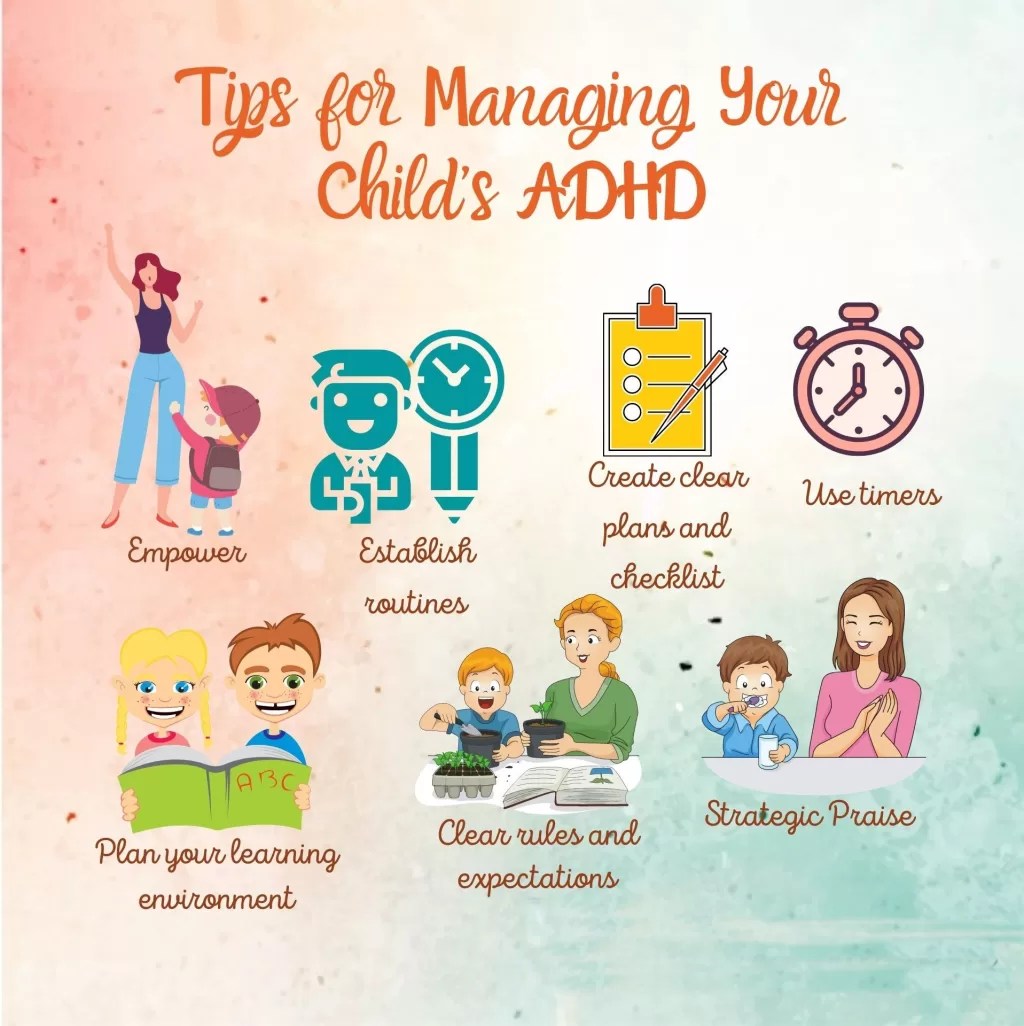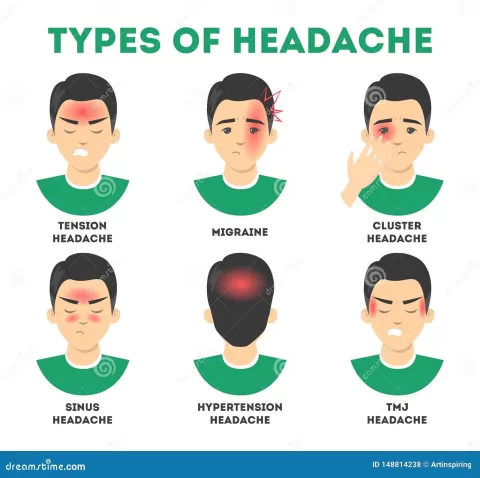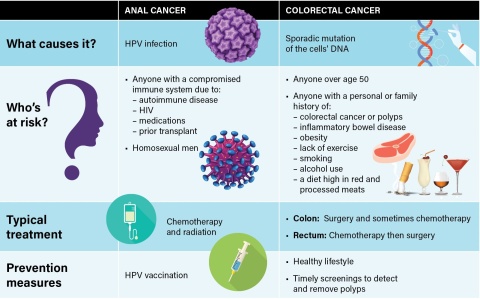ADHD in children is a complex neurodevelopmental disorder that affects a growing number of children today. Characterized by symptoms such as hyperactivity and inattentiveness, ADHD has far-reaching implications that include emotional lability and various ADHD comorbidities like anxiety and learning disabilities. Early intervention for ADHD is critical, as undiagnosed or untreated symptoms can lead to significant challenges throughout a child’s development and academic journey. Understanding ADHD is essential not only for a proper ADHD diagnosis but also for implementing effective management strategies. As we delve into the nuances of ADHD in children, it becomes apparent that addressing the full spectrum of symptoms and associated disorders is key to supporting these young individuals effectively.
Attention Deficit Hyperactivity Disorder (ADHD), commonly referred to as ADD, manifests through a combination of behavioral issues in children, characterized mainly by impulsivity, inattention, and hyperactivity. This condition often coexists with other psychological difficulties such as emotional dysregulation and mood disorders, which complicate the child’s overall developmental trajectory. Recognizing ADHD symptoms early allows for timely diagnosis and enables families to explore early intervention strategies, paving the way for better outcomes. The importance of a thorough assessment cannot be overstated, as it provides insight into any ADHD comorbidities that may require simultaneous attention. Ultimately, a holistic approach to understanding ADHD in children—a multifaceted condition with various implications—is indispensable for their long-term success and well-being.
Understanding ADHD Symptoms Beyond Hyperactivity
ADHD symptoms encompass a wide range of behaviors that extend beyond the classic markers of hyperactivity and inattentiveness. One of the distinctive aspects of ADHD in children is emotional lability, which refers to sudden and intense mood changes. Children may experience disproportionate emotional responses, leading to difficulties in social interactions and academic settings. Recognizing these symptoms is vital for parents and educators to effectively support children exhibiting these behaviors. Emotional lability often coexists with anxiety and mood disorders, compounding the challenges faced by children with ADHD.
Moreover, the impact of ADHD symptoms can vary significantly from one child to another, making it essential for caregivers to adopt a tailored approach. Understanding the full spectrum of ADHD symptoms, including irritability and frustration levels, paves the way for early intervention strategies. Effective management may involve behavioral therapies, parental training, and, in some cases, medication. Ensuring that children have access to personalized strategies can greatly enhance their daily experiences and overall quality of life.
The Importance of Early Intervention for ADHD
Early intervention for ADHD plays a crucial role in mitigating the challenges associated with the disorder. Research indicates that addressing symptoms promptly can lead to improved outcomes in academic performance, social interactions, and emotional regulation. Children diagnosed with ADHD at an early age benefit from tailored educational plans that accommodate their learning needs. By implementing interventions early, caregivers and educators can help equip children with the skills necessary to navigate both their educational environments and peer relationships.
Incorporating early intervention strategies involves a multi-faceted approach, often integrating specialized educational support, behavioral therapy, and family involvement. This comprehensive treatment model addresses not only ADHD symptoms but also potential comorbidities, such as anxiety or learning disabilities. As a result, children are more likely to experience a supportive environment where their unique challenges are understood and managed effectively.
ADHD Comorbidities: Enhancing Care Plans
Comorbidities such as anxiety and language disorders frequently accompany ADHD, complicating treatment and management efforts. When developing care plans, it is imperative for clinicians to screen for these comorbid conditions during the ADHD diagnosis process. Without addressing these additional challenges, interventions aimed solely at ADHD symptoms may not yield adequate improvements, leaving underlying issues unaddressed. A comprehensive evaluation is essential in identifying these comorbidities and tailoring treatment plans that address the full scope of a child’s needs.
The presence of ADHD comorbidities can significantly impact a child’s educational achievements and emotional well-being. Interventions may need to be adapted to account for these additional concerns, utilizing specialized therapies designed to target both ADHD symptoms and their associated comorbidities. By recognizing and addressing these challenges, caregivers can foster a more supportive environment that promotes positive outcomes for children with ADHD and their families.
Emotional Lability and Its Impact
Emotional lability is a key characteristic in many children diagnosed with ADHD, leading to challenges that significantly affect their daily lives. These rapid and unpredictable emotional shifts can lead to misunderstandings and social difficulties. For example, a child may swing from joy to frustration within minutes, making it hard for peers and adults to provide appropriate support. By acknowledging the role of emotional lability, caregivers can develop strategies to help children recognize and manage their emotions effectively.
Teaching children with ADHD about emotional awareness is crucial for promoting self-regulation. Strategies such as mindfulness training, social skills development, and coping strategies can provide children the tools they need to handle their emotions. Additionally, involving educators in this process can ensure that children receive a consistent approach at school. By fostering environments where children feel understood and supported, the negative impact of emotional lability can be considerably diminished.
Navigating ADHD Diagnosis: Keys to Success
Achieving an accurate ADHD diagnosis requires a thorough understanding of the symptoms and behaviors that characterize the condition. A structured and comprehensive assessment plays a pivotal role in identifying ADHD and any possible comorbidities. Utilizing a combination of diagnostic interviews, psychological testing, and observation, clinicians can compile a detailed report that not only outlines ADHD symptoms but also evaluates their interplay with other potential disorders. This in-depth approach ensures that every aspect of the child’s challenges is considered.
Additionally, obtaining insight from parents, teachers, and caregivers during the diagnosis process can create a multifaceted view of the child’s behavior. A collaborative effort in gathering information leads to more informed decisions about treatment strategies and educational accommodations. In the end, a thorough diagnostic evaluation lays the foundation for targeted interventions, ultimately improving the child’s management of ADHD and enhancing their developmental trajectory.
Building a Care Plan for Children with ADHD
Creating a successful care plan for children with ADHD involves an integrative approach that considers all facets of their experiences and needs. This includes understanding the essential roles of academic support and emotional guidance, as well as addressing behavioral challenges and therapeutic interventions. Collaboration between healthcare providers, educational professionals, and families ensures that the care plan is personalized and comprehensive. The goal is to not only treat ADHD symptoms but also to provide strategies that enhance a child’s personal strengths.
Furthermore, ongoing communication is vital in adapting the care plan as needed. Recognizing that each child’s journey is unique, caregivers should regularly assess the effectiveness of current interventions and make adjustments when necessary. This supportive and flexible approach not only benefits children with ADHD but also fosters a positive support system that encourages long-term growth and success.
Tailoring Educational Support for ADHD Children
Educational settings provide critical opportunities for children with ADHD to thrive, making it vital to implement appropriate support structures. Children with ADHD often face challenges that can hinder their learning experiences, such as difficulties in maintaining focus or managing impulsivity. Therefore, schools should adopt instructional strategies that cater to these unique needs, including modified lesson plans, flexible seating arrangements, and additional time for assessments. Such accommodations can significantly enhance a child’s academic performance.
Involving teachers in the care plan is equally important, ensuring they are equipped with the necessary knowledge and resources to support children with ADHD effectively. Professional development programs focusing on ADHD can empower educators to better understand their students’ behaviors and implement best practices in their classrooms. By fostering a collaborative relationship with schools, caregivers can help create an environment where children diagnosed with ADHD feel understood, supported, and encouraged to succeed academically.
The Impact of ADHD on Family Dynamics
ADHD not only affects the child but also has profound implications for their family dynamics. Parents and siblings may experience varying levels of stress and challenges in adjusting to the child’s needs. Understanding ADHD and its symptoms can provide family members with the tools needed to foster a supportive environment, where every individual feels valued and included. Open communication and shared strategies can help minimize the impact of ADHD on family relationships.
Moreover, families may benefit from joining support groups aimed at connecting with others navigating similar challenges. These communities offer valuable resources, shared experiences, and coping strategies that can empower families to face daily struggles with greater resilience. Encouraging family participation in therapy or family counseling can also provide a safe space to discuss emotions and establish a united front in supporting the child diagnosed with ADHD.
Promoting Emotional Intelligence in Kids with ADHD
Enhancing emotional intelligence in children with ADHD is essential for their overall development and social success. Emotional intelligence encompasses self-awareness, empathy, and emotional regulation — skills that are often challenging for children with ADHD due to their symptoms. Educators and parents can play a key role in fostering these skills by teaching children to recognize their emotions and the emotions of others. Engaging in discussions about feelings, role-playing, and practicing mindfulness can bolster their emotional understanding.
Moreover, providing positive reinforcement when children successfully manage their emotions can enhance their confidence and resilience. Programs aimed at developing emotional intelligence not only benefit the child but also improve interactions with peers and family. By equipping children with skills to navigate their emotions, caregivers create an environment that promotes stability, emotional growth, and better relationships in the long run.
Frequently Asked Questions
What are the common ADHD symptoms in children?
ADHD symptoms in children typically include hyperactivity, inattentiveness, and impulsiveness. Additionally, children may experience emotional lability, which is characterized by rapid mood changes. A comprehensive evaluation can help identify these symptoms and any associated comorbidities.
How are ADHD comorbidities identified during evaluation?
ADHD comorbidities such as anxiety, autism, and behavioral disorders are identified through a comprehensive psychological evaluation that assesses the full range of ADHD symptoms. This evaluation includes diagnostic interviews, rating scales from parents and teachers, and psychological testing to ensure comprehensive care.
What is emotional lability in children with ADHD?
Emotional lability refers to rapid and intense mood swings that are often seen in children diagnosed with ADHD. This emotional dysregulation can complicate the management of ADHD symptoms and must be addressed as part of the child’s treatment plan.
What is involved in an ADHD diagnosis process?
The ADHD diagnosis process typically involves a comprehensive psychological evaluation that includes diagnostic interviews, rating scales from parents and teachers, and direct observation of the child. This thorough approach ensures that all ADHD symptoms and any comorbid conditions are accurately identified.
What is the importance of early intervention for ADHD in children?
Early intervention for ADHD in children is crucial as it can significantly improve a child’s developmental trajectory and overall quality of life. Addressing ADHD symptoms and associated comorbidities early on allows for tailored treatment plans that support the child’s educational and social development.
| Key Point | Details |
|---|---|
| ADHD Symptoms | ADHD includes hyperactivity and inattentiveness, but also emotional lability and comorbidities. |
| Comorbidities | Conditions like anxiety, autism, and behavioral disorders often accompany ADHD. |
| Diagnosis | A comprehensive psychological evaluation is crucial for accurate diagnosis and treatment. |
| Evaluation Components | Includes diagnostic interviews, rating scales, direct observation, psychological testing, and a detailed report. |
| Importance of Early Intervention | Early intervention improves care and developmental outcomes for children with ADHD. |
Summary
ADHD in children is a complex neurodevelopmental disorder that goes beyond hyperactivity and inattentiveness. Recognizing the full spectrum of ADHD, including emotional lability and common comorbid conditions, is essential for effective diagnosis and intervention. Timely and comprehensive evaluations play a critical role in ensuring that children receive the appropriate support and accommodations, leading to improved outcomes and quality of life.
The content provided on this blog (e.g., symptom descriptions, health tips, or general advice) is for informational purposes only and is not a substitute for professional medical advice, diagnosis, or treatment. Always seek the guidance of your physician or other qualified healthcare provider with any questions you may have regarding a medical condition. Never disregard professional medical advice or delay seeking it because of something you have read on this website. If you believe you may have a medical emergency, call your doctor or emergency services immediately. Reliance on any information provided by this blog is solely at your own risk.








